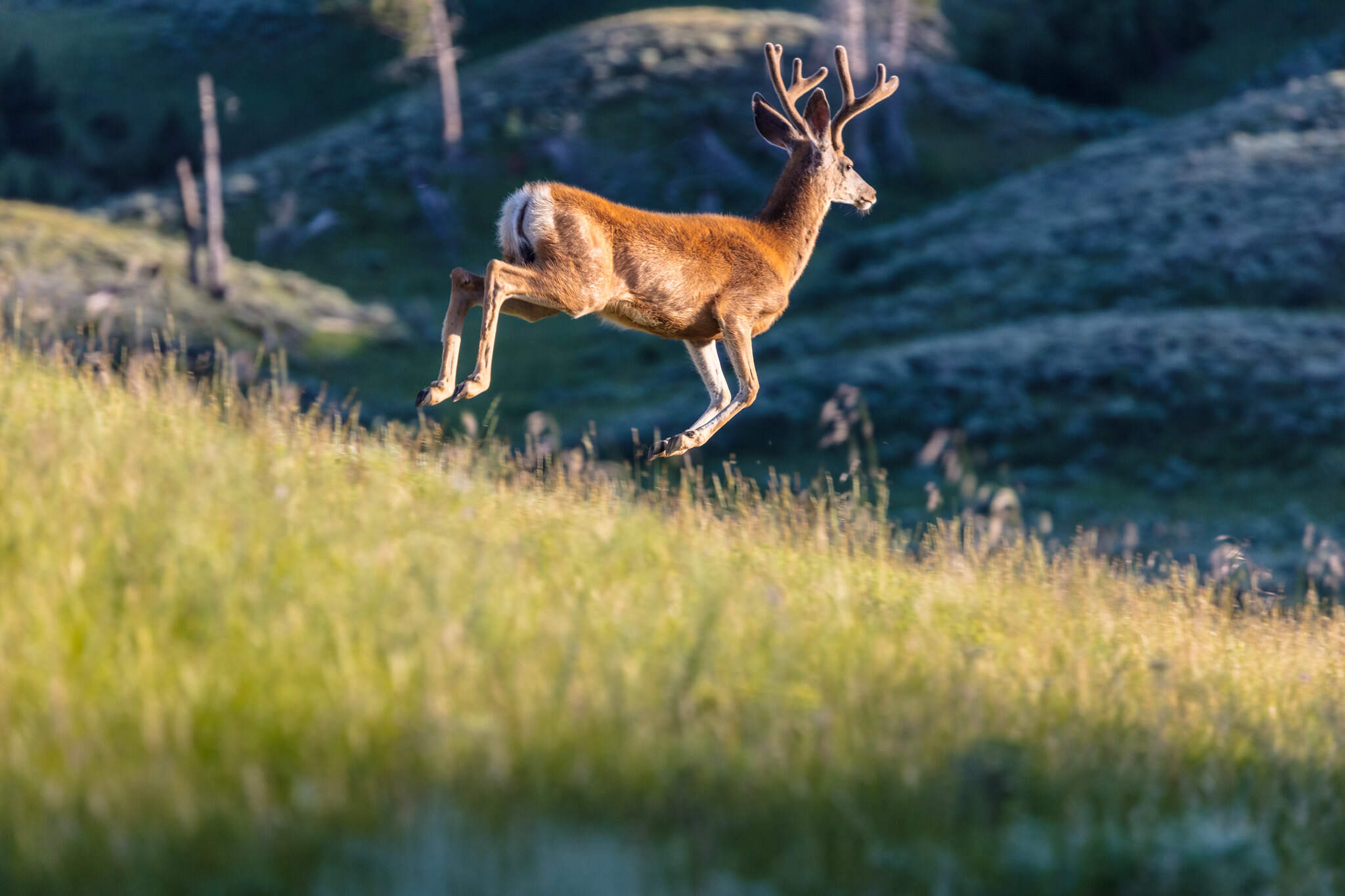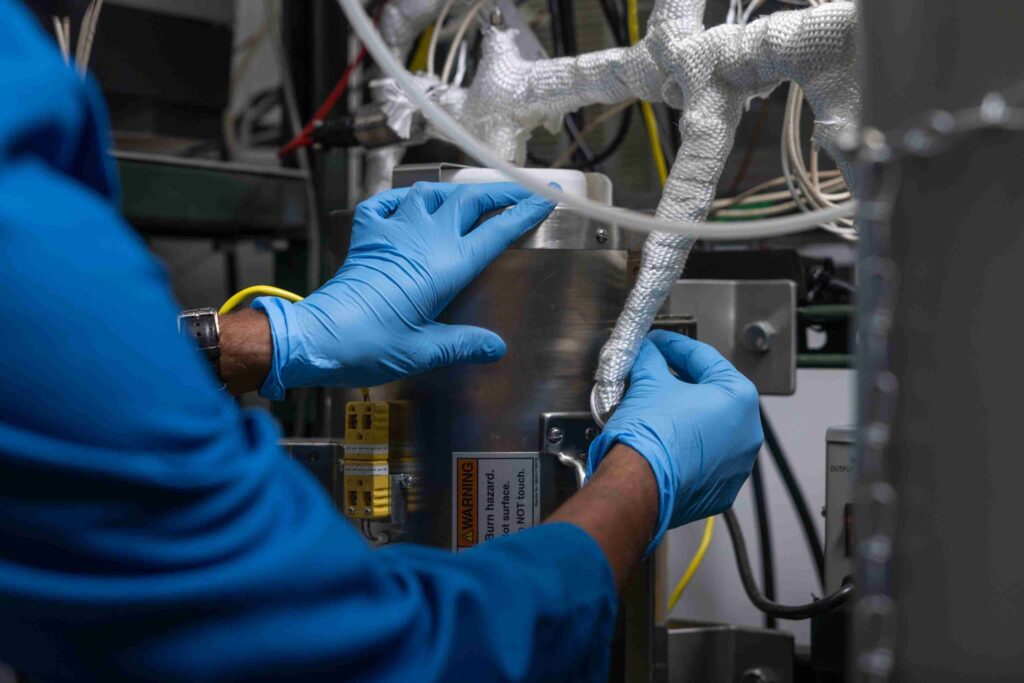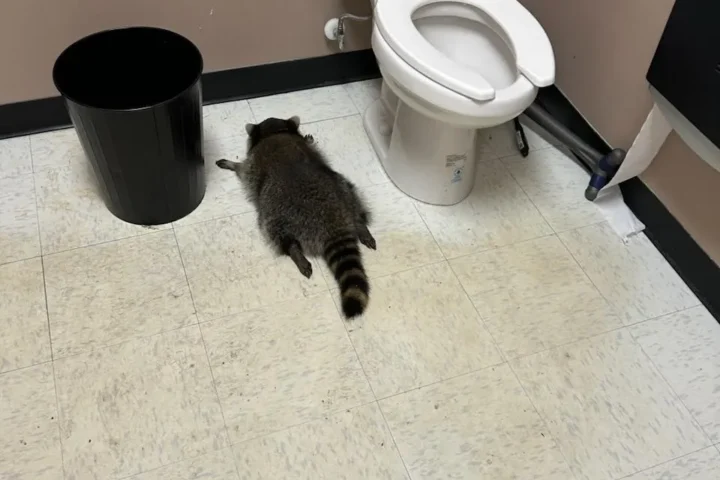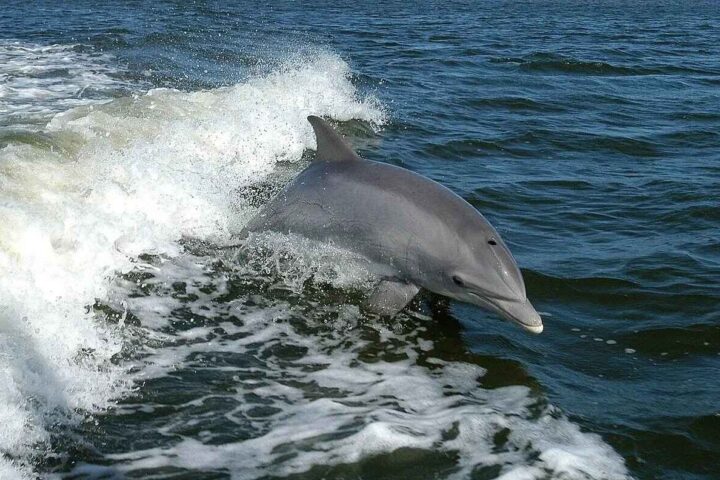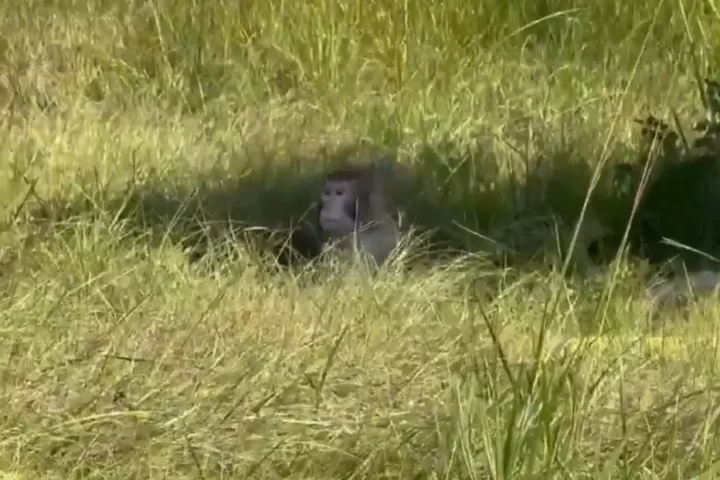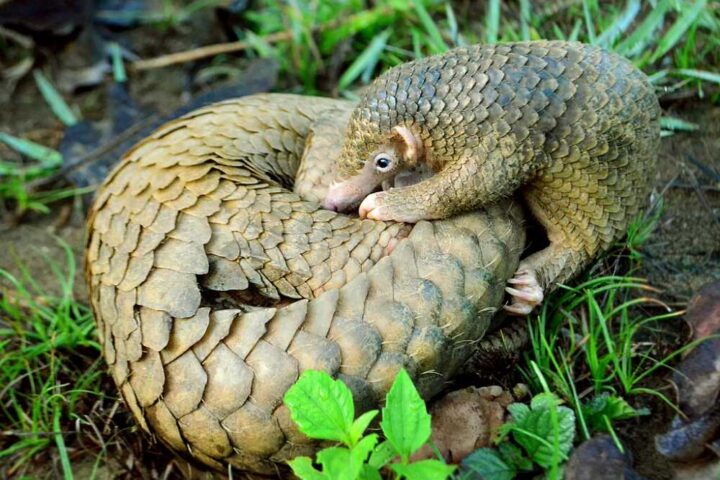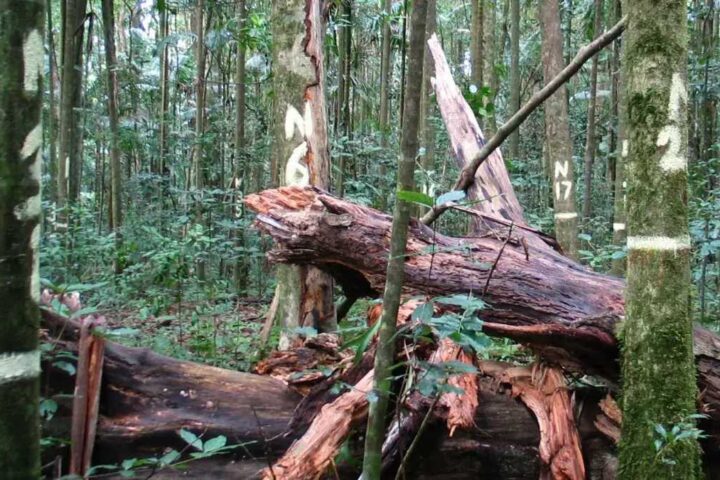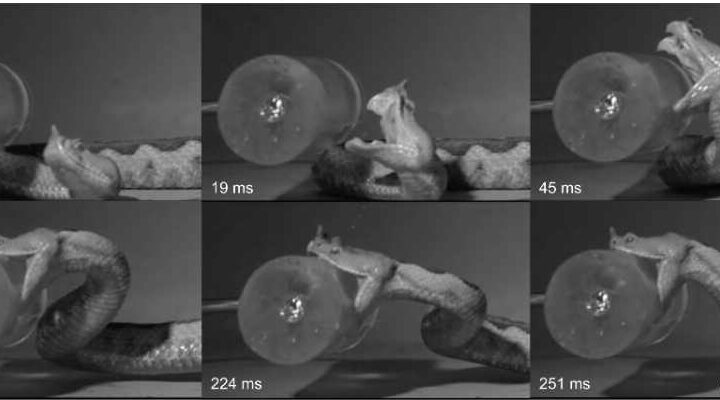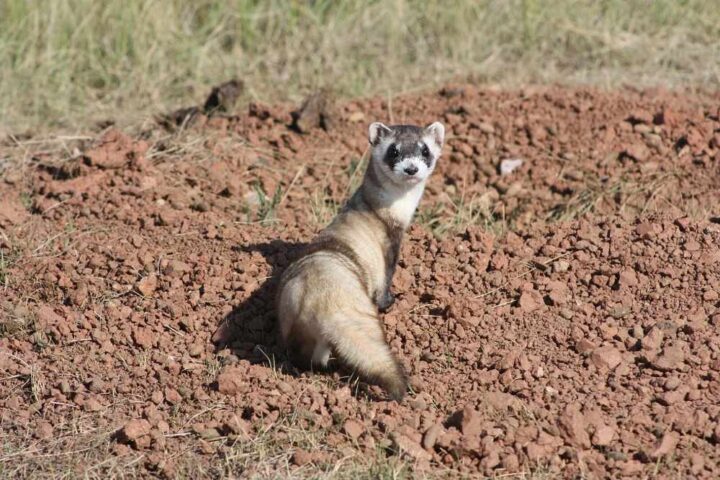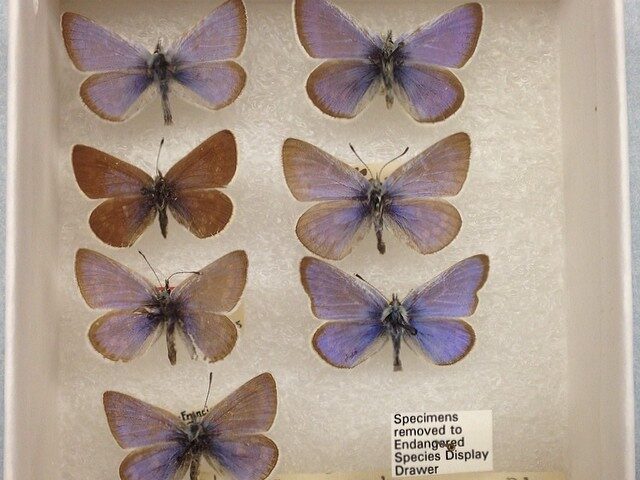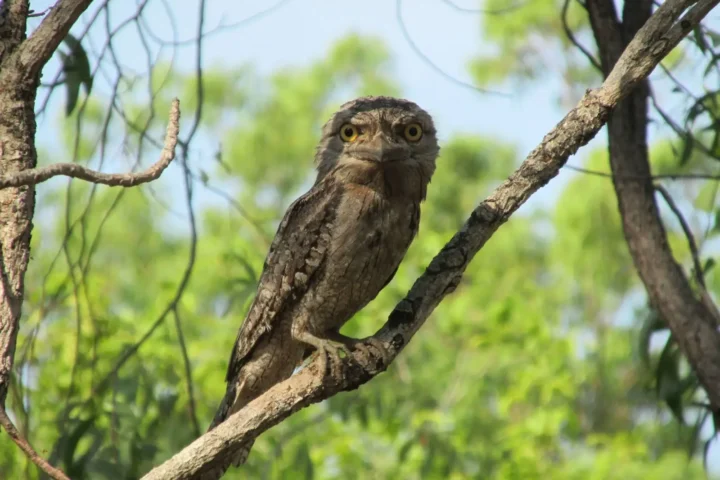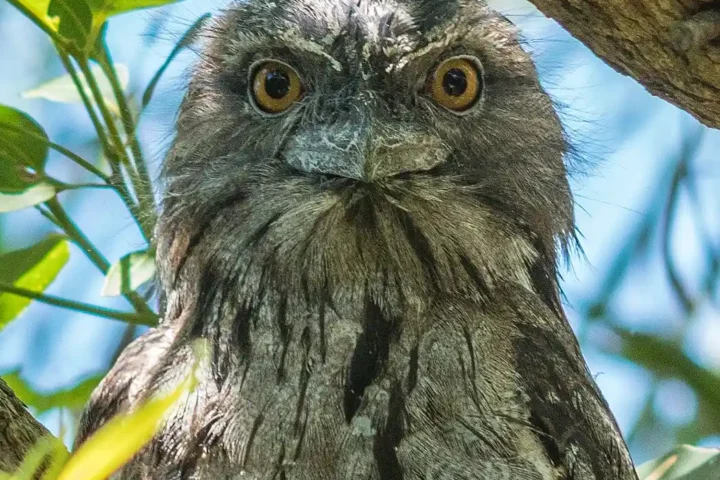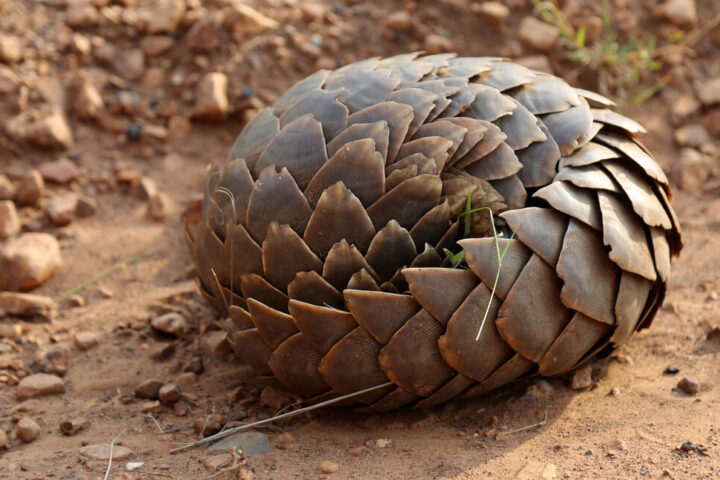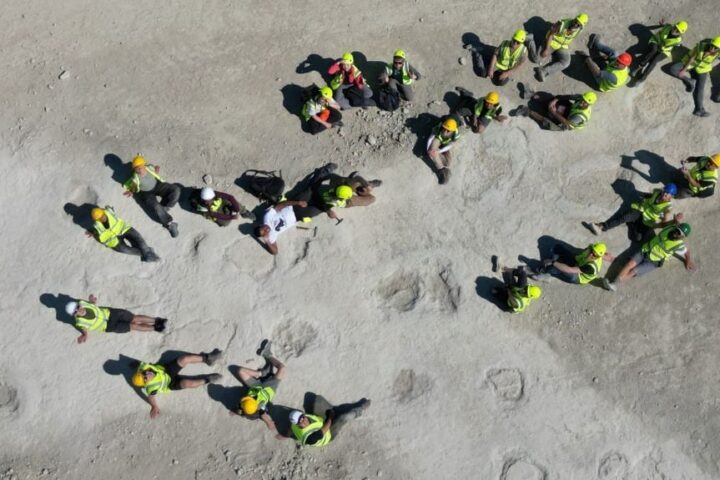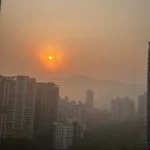Louisiana identified a new case of White-railed Deer with Chronic Wasting Disease (CWD) in Jefferson Davis Parish on November 7, 2024, while Washington reported its second case in Spokane County during the modern firearms hunting season. These cases add to the growing presence of CWD across North America, where the disease now affects 35 U.S. states and 5 Canadian provinces.
The Louisiana case emerged at a deer farm participating in the USDA’s CWD Voluntary Herd Certification Program. “The Office of the State Veterinarian has established a surveillance zone for herds near the affected deer farm and is diligently reviewing recent movement records,” stated the Louisiana Department of Agriculture and Forestry. The department implemented immediate containment measures, including a quarantine of the farm and a 25-mile surveillance zone.
In Washington, the second CWD case appeared approximately five miles north of the Fairwood area, near the location of the state’s first detection in August. “Given the location where this deer was harvested – approximately five miles north of the initial CWD detection and west of Highway 395 – this positive test result is not a complete surprise,” said Donny Martorello, chief of WDFW’s Wildlife Science Division.
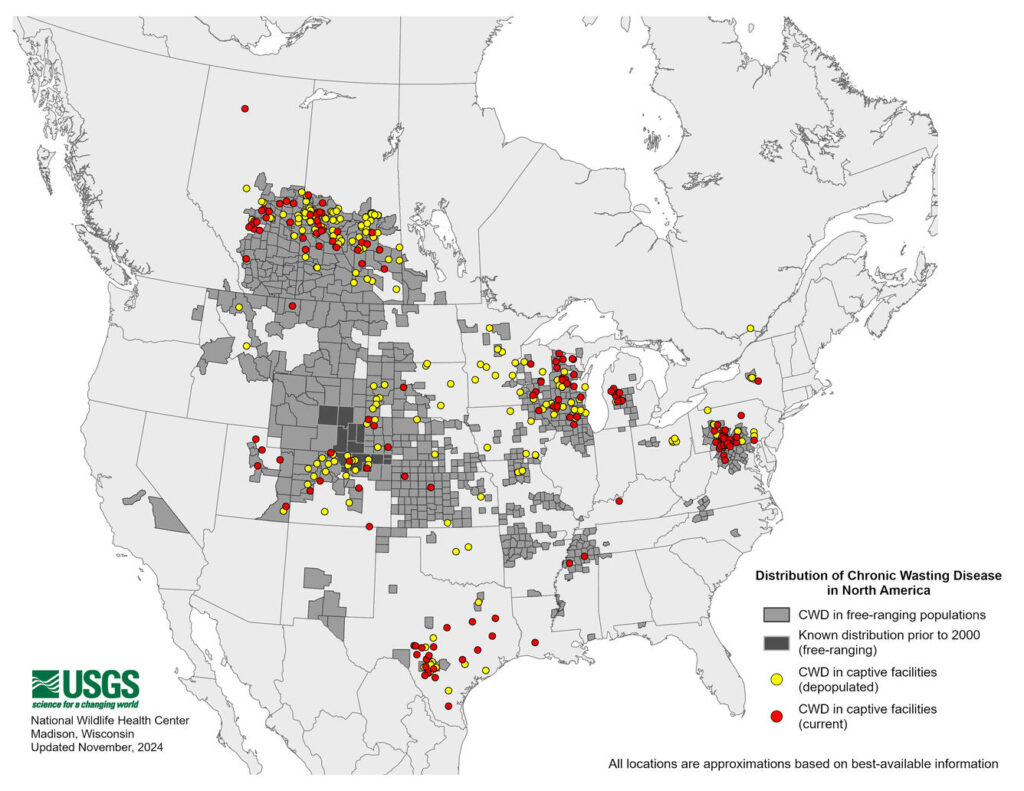
The Science Behind CWD
CWD is a fatal neurodegenerative disease caused by prions – infectious, misfolded protein particles. In affected deer, the disease manifests through weight loss, excessive salivation, frequent drinking and urination, incoordination, and unusual behavior like lack of fear toward humans. The environmental persistence of prions creates long-term challenges for disease control, as they can remain infectious in soil for years.
Similar Post:
Public Health and Safety Measures
While no human cases of CWD have been documented, health organizations exercise caution. The Centers for Disease Control and the World Health Organization recommend against consuming meat from CWD-positive animals. Both Louisiana and Washington have implemented strict testing protocols for harvested deer in affected areas.
Washington’s Response Plan
The Washington Department of Fish and Wildlife enacted new regulations, including:
- Mandatory CWD testing within three days of harvest in specific game management units
- Restrictions on baiting and feeding deer in affected areas
- Limitations on transporting deer carcasses
- A ban on using natural or synthetic scents containing cervid urine
Louisiana’s Surveillance Efforts
Louisiana’s Department of Wildlife and Fisheries has conducted statewide CWD surveillance since 2002. “CWD surveillance of harvested deer from the area will be critical in understanding whether or not the native herd has been exposed. Early detection is crucial to slowing the spread of the disease,” explained the Louisiana Department of Agriculture and Forestry.
Economic and Environmental Impact
The spread of CWD affects both wildlife management and local economies. Restrictions on deer farming and hunting directly impact rural communities where these activities might be contributing significantly to local revenue. The environmental implications extend beyond deer populations, as prions persist in soil and potentially affect ecosystem health.
Research and Monitoring
State wildlife agencies continue expanding their surveillance programs. In Washington, hunters can track CWD test results through their WILD ID system. Louisiana maintains testing facilities, with the Lake Charles Field Office serving as a primary sample collection point for Jefferson Davis Parish.
Future Outlook
With CWD present in multiple North American regions, wildlife management agencies focus on containment and surveillance. The disease’s spread pattern and environmental persistence require ongoing adaptation of management strategies and public health guidelines.
